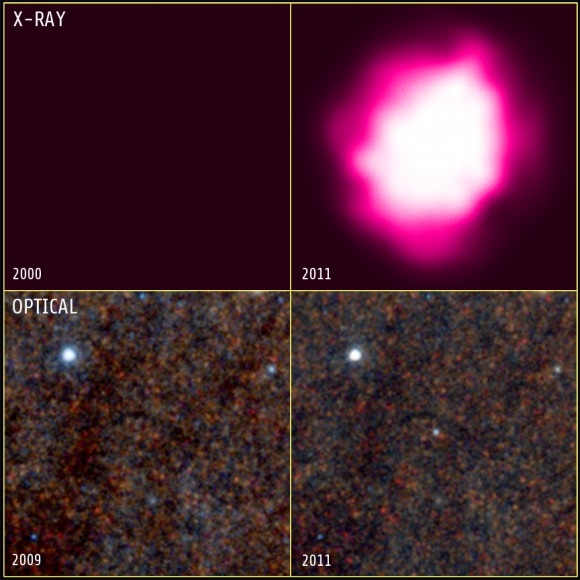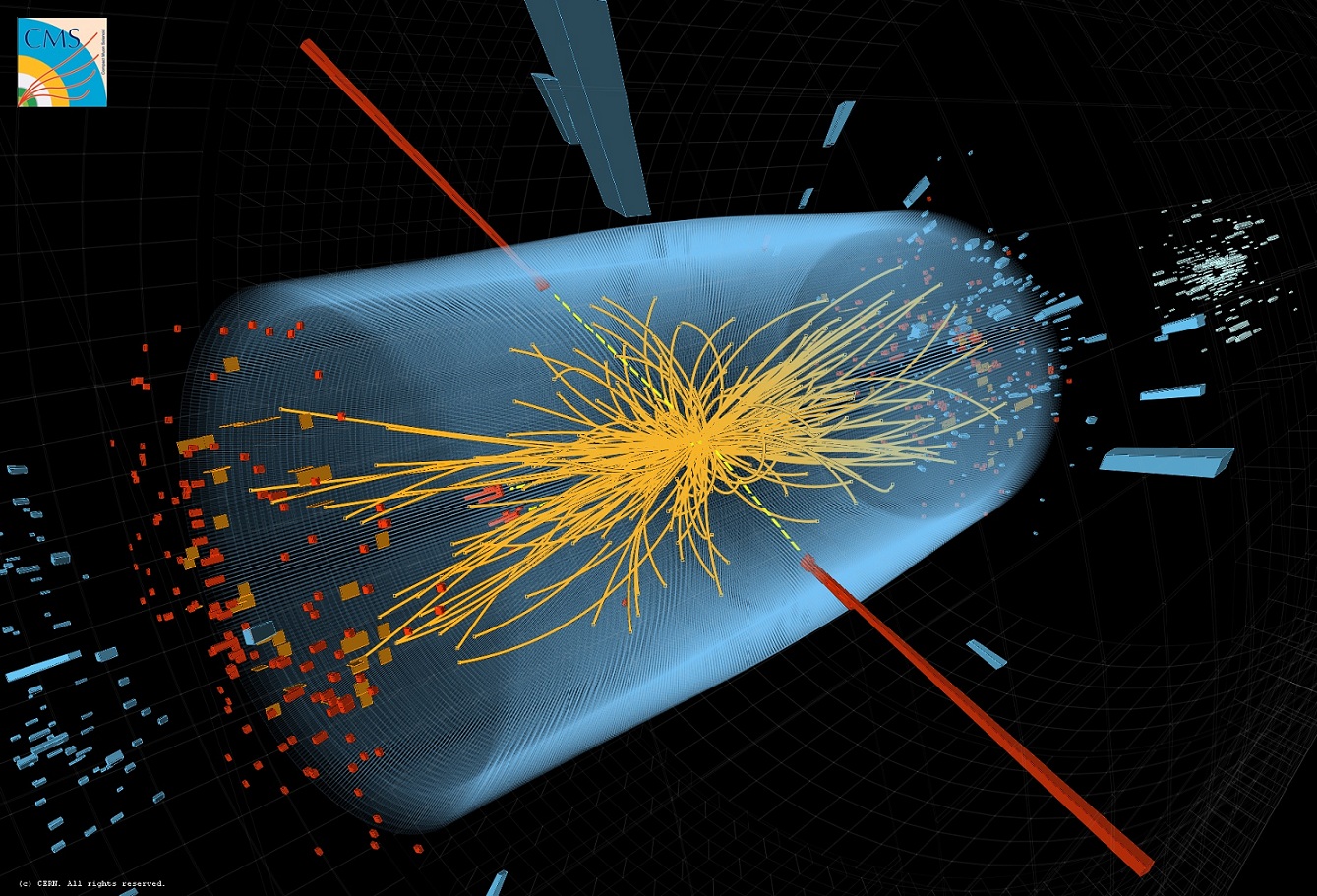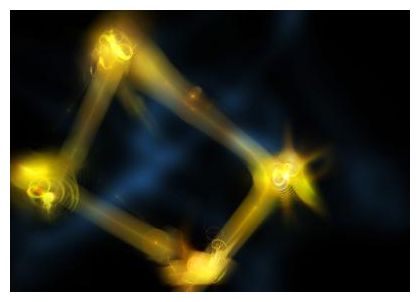I'm going to begin this installment of the Cs Hit List by picking up where we left off in the last one: the idea that our sun has a companion star. After publishing Cs Hit List 06 and reflecting on it some more, I realised that my argument for why our sun might have a companion star - simply that it's statistically probable - was kind of weak. There's actually more to it than that, even if such a companion has yet to be discovered. (Assuming it's there, of course, and that we would be told if it was actually discovered!).
In fact, it's not a new idea. Check out the Wikipedia page on the so-called
'Nemesis' hypothesis. (And see
here for additional resources.) It was introduced in 1984 by two teams of astronomers (Whitmire & Jackson, and Davis,
Hut &
Muller) to explain the periodically spaced extinction events observed in the earth's fossil record. The idea was that a companion sun passing through or close to the spherical Oort cloud would send a death-dealing swarm of comets in earth's direction every 26 million years or so. Its presence may also help explain the
non-random trajectories of certain long-period comets, as well as the strange and unexpected
elliptical orbit of the recently discovered
transneptunian object Sedna.
Recently, astrophysicists Daniel Whitmire and John Matese have been
arguing for a 'Planet X' model to explain these phenomena, i.e. an undiscovered tenth planet existing beyond Pluto, possibly up to 4 times the mass of Jupiter. Perhaps prematurely, given that it's purely theoretical at this point, they've even given it a name - 'Tyche'. Using the same Oort-disturbing mechanism as Nemesis, the
hypothetical gas giant might explain the angle at which comets enter the solar system, with
"a fifth of the expected number since 1898 entering higher than expected". Matese and Whitmire are hopeful that NASA's Wide-field Infrared Survey Explorer (WISE) telescope, which has the ability to detect such objects,
will show evidence for Tyche, once the already-recorded data is analyzed. (Incidentally, WISE also has the ability to spot a brown dwarf.)
Comment: Note: Much of this series is in a large part based on research by members of the
SOTT/Cassiopaea forum, so if you want to read the original discussions, discuss any of the subjects dealt with here, suggest ideas, criticisms, or post any 'hits' you've discovered, check it out.




Comment: Note: Much of this series is in a large part based on research by members of the SOTT/Cassiopaea forum, so if you want to read the original discussions, discuss any of the subjects dealt with here, suggest ideas, criticisms, or post any 'hits' you've discovered, check it out.